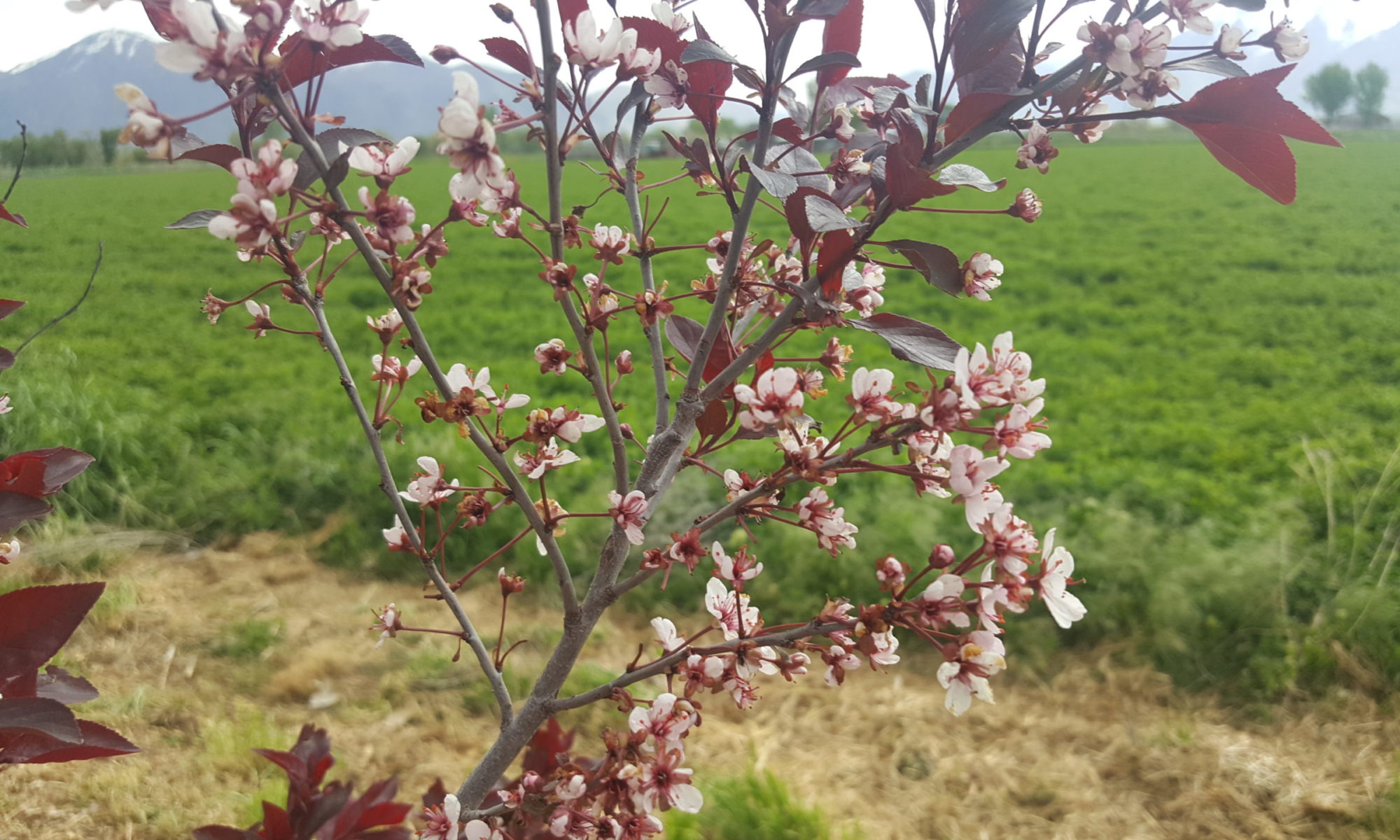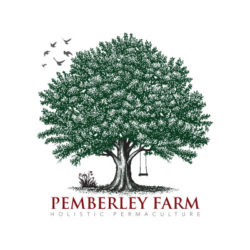The original article to which I am responding can be seen here: https://magazine.byu.edu/article/when-in-drought-utah/ .
First, my apologies to Ms. Rogers. My critique of her article is to demonstrate a common problem with our cultural response to our water problem, for which her article provides examples.
The article focuses heavily on three tired solutions: better technology is the answer; the experts are here to save us; and what we need is more government regulation. None of these have proven over time to turn out as advertised. In fact, experts, technology and government have in large measure made or significantly contributed to the many crises we now face. For example, the article provided no explanation of variable watering systems versus flood irrigation, and how they both have costs and benefits – like surface water versus aquifer water, arable terrain and cost. Past and present government programs have made flood irrigation what it is in this state, and most of those programs were created at the behest of experts with lots of technology.
Another example: the article included one sentence that xeriscaping yards with rock is not the solution, but no explanation of how current government programs in Utah are promoting that very non-solution. These programs were brought to us by the “experts”. These xeriscpaing programs are robbing our poorer neighborhoods of their habitability. This is not sustainable. It is not rational. The article does point out that bermuda grass is outlawed throughout most of the state, but doesn’t bother to explain why, or that this and many other agricultural restrictions were brought to us by our expert friends in academia and business through government regulation.
By the way, bermuda grass, an import from the Mediterranean, is not a native species. Buffalo grass on the other hand, which is also very drought hardy and is native to North America and even Utah, was not mentioned. So despite giving a one sentence nod toward native vegetation in yards, the only suggestion given was of a non-native species.
The Great Salt Lake is used as the backdrop for the article, but it doesn’t distinguish that most of the agricultural irrigation in the state has no effect on the Great Salt Lake. Most of the drainages in the state don’t run into it. Furthermore, the majority of irrigation water in south Utah County is being taken from the Strawberry/Colorado drainage, which the article does mention but doesn’t help readers connect the dots to understand that this means we are already adding water to the Great Salt Lake from another drainage. Glossing over these and other important details is typical of the mindset that is preventing us from creating real solutions.
The purpose in pointing to problems in this article is to demonstrate two things: 1- the proposed solutions of technology, experts and regulation might be helpful, but based on historical performance, they are just as likely to make things worse, which should at the very least give us pause; and 2- we have had technical, expert and regulated variations on the “use less” water paradigm for decades, and yet our problem is more acute than ever. If we desire solutions that work, we must step back and take another look to see what we have missed, not double down on the same failed solutions.
At the root of our water problems and many others, is our cultural obsession with quantitative measures to the exclusion of all other measures. This makes for simple answers that bring about bad solutions and outcomes. The mainstream, quantitative perspective assumes that the only answer to our water problems is to use less water. This is simply not true. Follow that to its logical end – zero. That doesn’t reflect any of the varied, natural environments of Utah, which all depend on various amounts of water.
Some will say, of course, but by saying “less” we are only referring to our current context and that we need to use less than we are currently using. This is no better. Less is a comparative term. In our rush to quantitative comparison, we run headlong into the irresistible urge to oversimplify, glossing over myriads of important details, without which we cannot hope to succeed in the long run.
Inevitably, the “less” paradigm comes down to who gets less, and thus, who gets more. When we sanction “less”, we suddenly find that we have growing disparities between the haves and have-nots, and wonder how the inequality snuck up on us. This paradigm is the path to privilege for the few to mine our many limited resources, including people, creating hoards of waste and desolation – bringing us to our current problems.
Consider a different paradigm. If we measure Jesus’ miracle feeding the 5000 quantitatively, it makes little rational sense: 5 loaves and 2 fishes for 5000 people. Yeah, that doesn’t add up. It is simply miraculous. But if we measure it by qualitative measures: good loaves and fishes where broken into pieces to be shared by all, thanks was given to the Great Giver of all things by the Creator of all things, and all were filled – there was enough and to spare. By this measure it has much more continuity with the natural laws that govern this earth. Is it possible that Christ used different measures? Can we really get different outcomes if we change our measures that lead to different questions?
We can and will only solve our water problems when we choose to focus on using water better. Better is a qualitative measure: it is complex and detailed; it focuses on and measures the outcomes, not only the inputs. It requires better understanding, better information, better technology, better motives, better application. Simply put, better is better. What is more, the qualitative better eagerly accommodates incremental improvements, whereas from the quantitative perspective using 1 less gallon makes no significant difference. So let’s focus where we can make a difference.
What can better water use look like? Well, we can start with forests, shrubs, flowers and grasslands across the vast majority of the landscape that are greener longer, even in drought; diverse and healthy wild and domestic animal populations; less fire risk; better contribution by many people to the care and enjoyment of our land; meaningful wealth for our farms and neighborhoods; in fine, a place where our environmental coherence is so beautiful it rivals or surpasses any of our national parks. This is really only the beginning. We cannot see where better goes, because it is so difficult for us to see around the corner of change from our current choices.
How can we bring this better water use vision about? There are thousands of ways. Here are a few to start:
1- “plant[ing] the rain“, which means getting water to soak into the soil wherever it falls, by among other things, creating ponds and small lakes as high in elevation in the landscape as possible;
2- distinguishing between various water sources, such as surface water and aquifer water, and using them more appropriately;
3- managing natural systems such as trees and shrubs to capture and hold water higher in our landscapes;
4- using herds of animals to move water and nutrients up the landscape;
5- utilizing appropriate earthworks, plants and grazing to stop and repair erosion everywhere;
6- planting trees and shrubs around our rivers and lakes to slow, capture and precipitate our evaporation;
7- creating systems to keep and recycle our used water as high in the landscape as possible, such as gray water reuse and recycling systems for individual homes and neighborhoods;
8- eliminating water scarcity policies such as use-it-or-loose-it and prohibiting storm water capture and instead encourage it;
9- selecting and planting species of plants better suited to our various environments across the state for yards and agriculture;
10- encourage planting windrows and windbreaks around every field and at natural intervals across cultivated spaces;
11- planting and cultivating naturally selected and progressing forests all across the state;
12- replacing current desertifying grazing and wildlife management practices by establishing programs for the development of holistically managed grazing of wild and domestic animals;
13- cultivating local and seasonal foods and appetites;
14- improving our diets to make us healthier, which stars with less fast food, more cooking at home, and more time as families around the dinner table;
15- consumers showing up at farmers markets and local farms to purchase their groceries – all of them, instead of a snack and a craft;
16- reducing regulation and taxation on local food production, preparation and delivery;
17- planting a transcontinental tree bridge at least 100 miles wide from coast to coast to create a biotic pump to naturally bring more water, beauty and wildlife across the continent;
18- educating all ages about, and respect for, the miraculous forms of life in the various habitats and ecosystems of our land and the world.
This is a small sampling of the myriad, real solutions that are available for us to not only make better use of water, but for our own betterment, the improvement of our communities and the environment. However, they will only be possible when we choose different motives and measures that lead us to begin to ask better questions.
Please notice, as I have demonstrated, that when we use the quantitative perspective, there really is only one answer that matters to our water problem: use less water – a lot less water. Ironically, when we use a qualitative perspective, we get a much better and greater quantitative response: we have many answers, all of them matter, to which we can all contribute, and though our individual contributions will differ, they can work together to coherently form the life we desire for ourselves, our children and our neighbors – human and otherwise.
If we are looking for the proverbial miracle to water and feed our 5000, it may be that our desired miracles will only come when we begin to see things in the way the Great Creator has shown.

